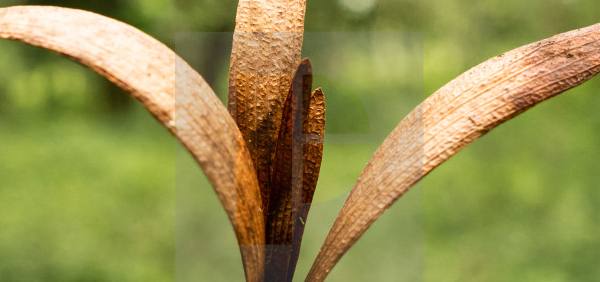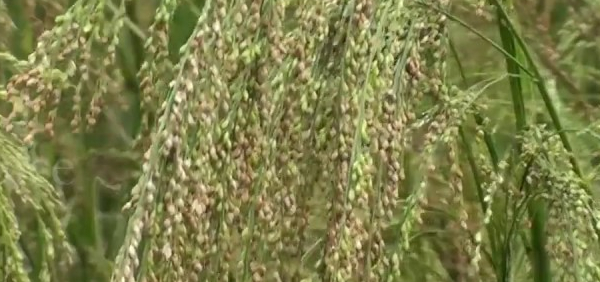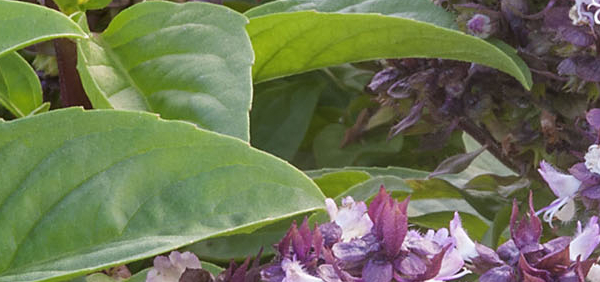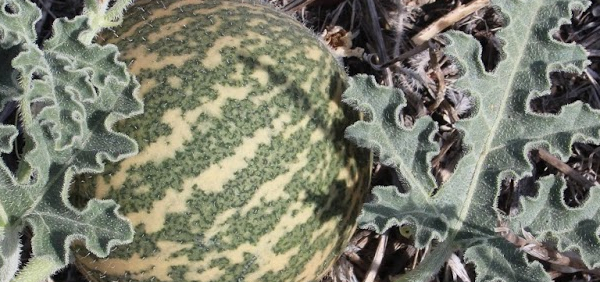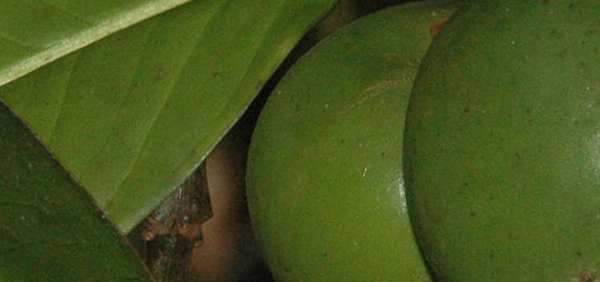sadapaha :

Morphology:
A bushy plant, it is a perennial herbaceous plant that reaches stature heights of mostly 1, rarely up to 2 meters in height. It may also be grown as an annual, especially in the temperate zone. The single-seeded fruits are spherical, wrinkled and black upon maturity, having started out greenish-yellow. The stems are thick, full, quadrangular with many ramifications and rooting at the nodes. The posture is often prostrate.[4]
A curious aspect of M. jalapa is that flowers with different colors grow simultaneously on the same plant. Additionally, an individual flower can be splashed with different colors. Flower patterns are referred to as sectors (whole sections of flower), flakes (stripes of varying length), and spots. A single flower can be plain yellow, red, magenta, pink, or white, or have a combination of sectors, flakes, and spots.[5][6][7][8][9] Furthermore, different combinations of flowers and patterns can occur on different flowers of the same plant.
Usually, the flowers are found in yellow, pink and white colors but you can find a different combination of flowers growing on the same single four o’clock plant. Another interesting point is a color-changing phenomenon. For example, in the yellow variety, as the plant matures, it can display flowers that gradually change to a dark pink color. Similarly, white flowers can change to light violet. Despite their appearance, the flowers are not formed from petals – rather they are a pigmented modification of the calyx. Similarly, the calyx is an involucre of bracts. The flowers are funnel-shaped and pentalobed, they have no cup (replaced by bracteal leaves) but are made of a corolla.
The inflorescences contain three to seven unpopped flowers. Earning the name "four-clock flower", the fragrant flowers open in the late afternoon or in overcast weather and exhale a scent reminiscent of the tobacco flower, and attract moths for pollination. The anthesis lasts from 16 to 20 hours and thus remains visible part of the day. The flowers are pollinated by long-tongued moths of the family Sphingidae, such as the sphinx moths or hawk moths and other nocturnal pollinators attracted by the fragrance
- » Classification and names of sadapaha
- » Synonyms and definitions of sadapaha
- » Drug Properties of sadapaha
- » Chemical Constituents of sadapaha
- » Standardization of sadapaha
- » Parts used and Dosage of sadapaha
- » Morphology and Histology of sadapaha
- » Distribution and Conservation of sadapaha
- » Cultivation of sadapaha
- » sadapaha in the market
- » Medicinal Uses of sadapaha
- » Researches and clinical trails of sadapaha
- » sadapaha in other sytems of medicine
- » Ayurvedic formulations with sadapaha
- » Images of sadapaha





